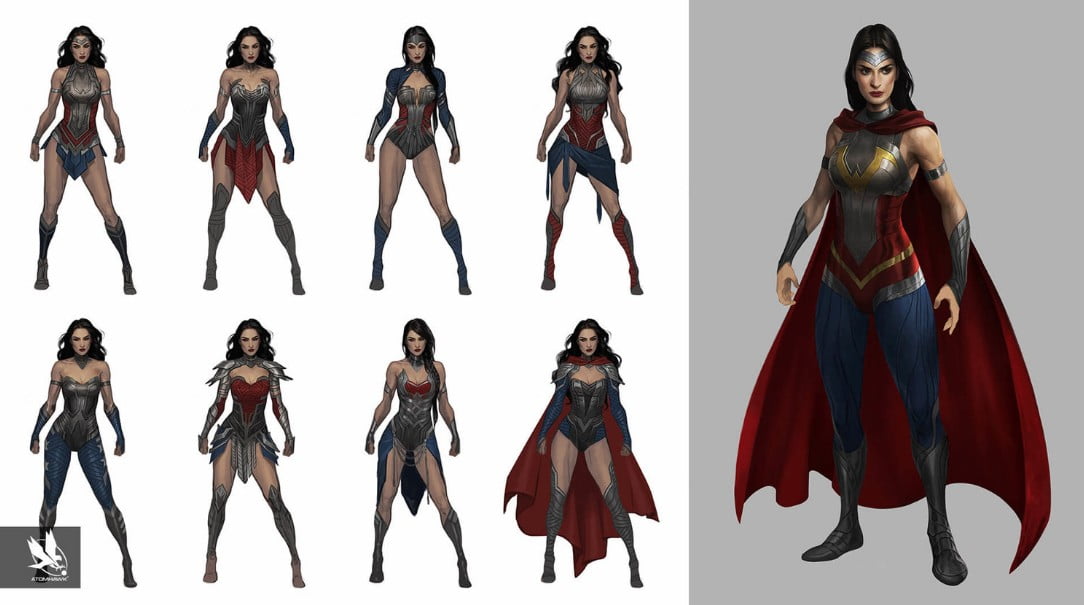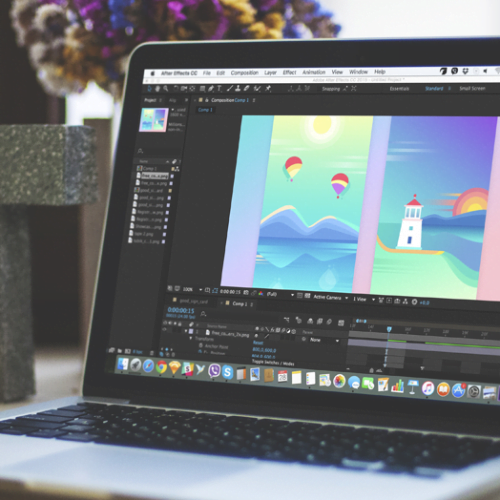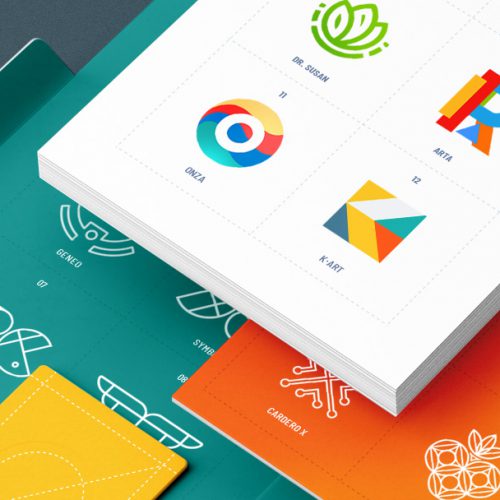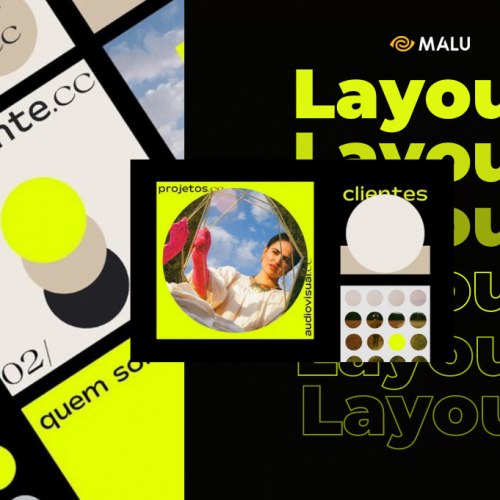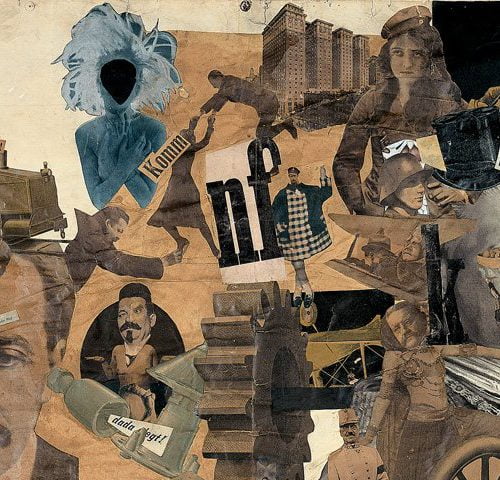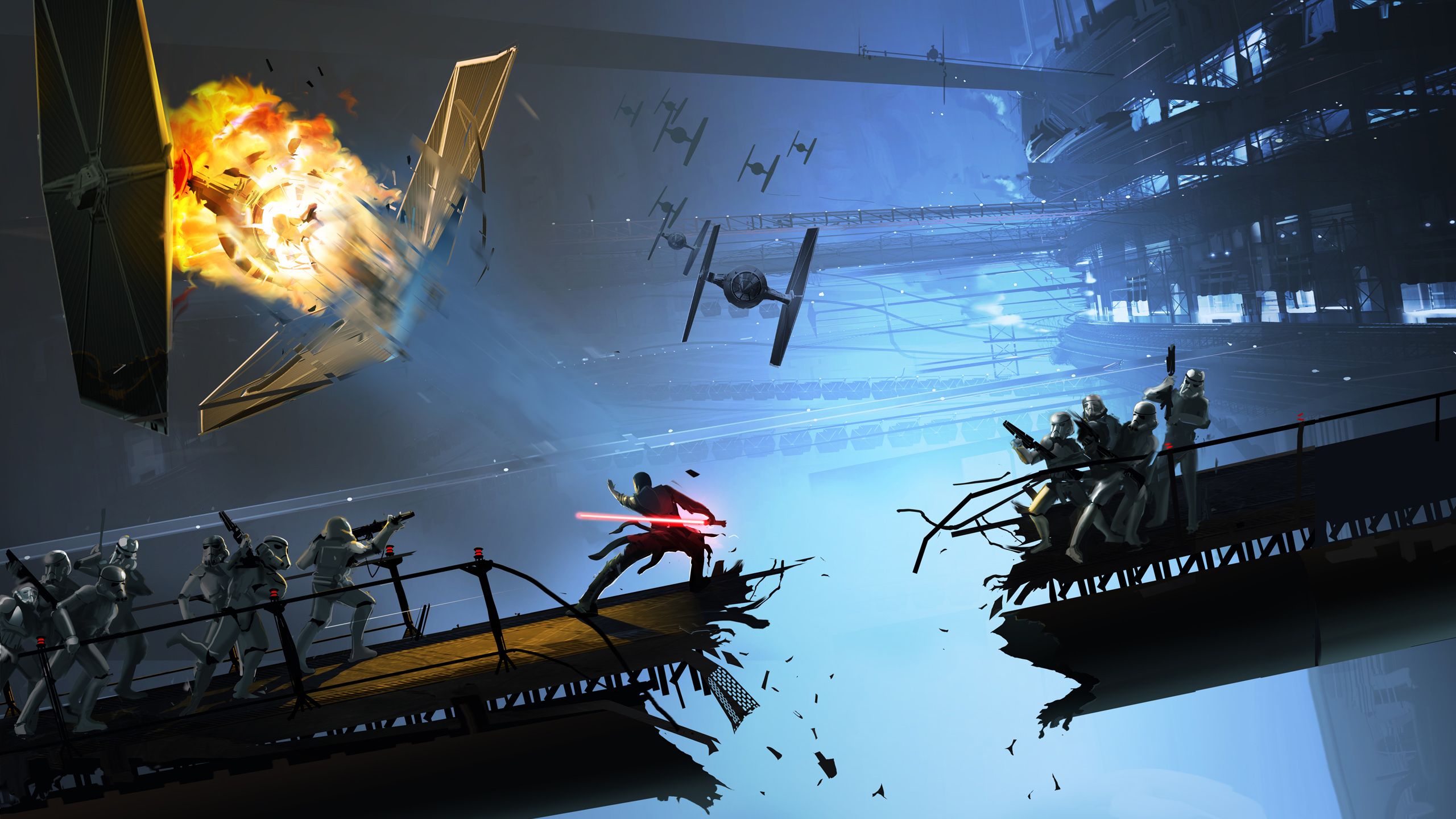
Concept art – a concept that is still new in Vietnam but quite popular in the field of art and entertainment in the world. So what is concept art? The following article will give you an overview of concept art
What is concept art?
In the entertainment industry, concept art is an art form used to develop visuals for entertainment projects. This project can be a video game, movie, cartoon or series, board game, etc…
Concept Art is a form of illustration of ideas, the requirements of a concept drawing about the shape, personality, and mood of the character in a video game, movie, etc. However, it only stops at the level for viewers to have a concept. concept and general design information only.
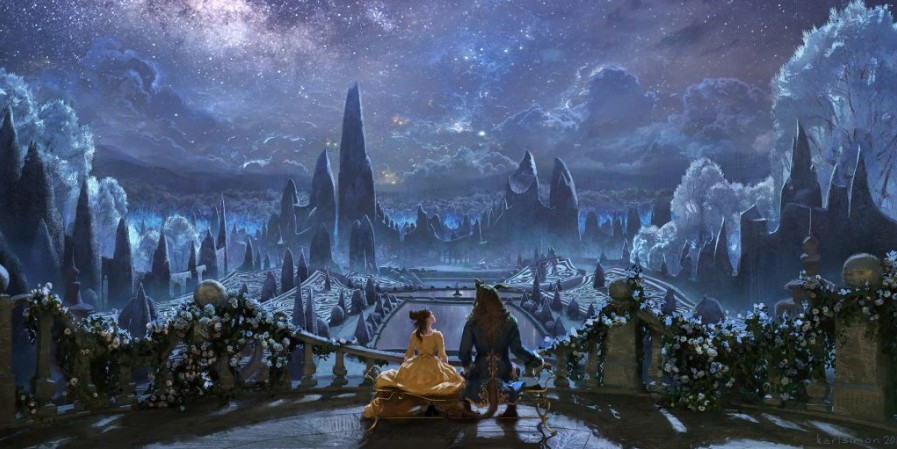
Concept Art consists of two main components: “Concept” is the ideas or stories about a specific topic related to the content of the script. And “art” is a way of expressing “concept” with aesthetic designs and targeting the target audience of the production process.
Concept art focuses on designing characters, environments, props, weapons, other aspects and elements of the project.
The role of concept art
Concept art plays a very important role in the production of movies and video games. In the pre-production stage, concept art translates the writer’s ideas into drawings from basic to complete. As a result, one will get the initial design of the product to start implementing the next process.
Classification of concept art
Environment design
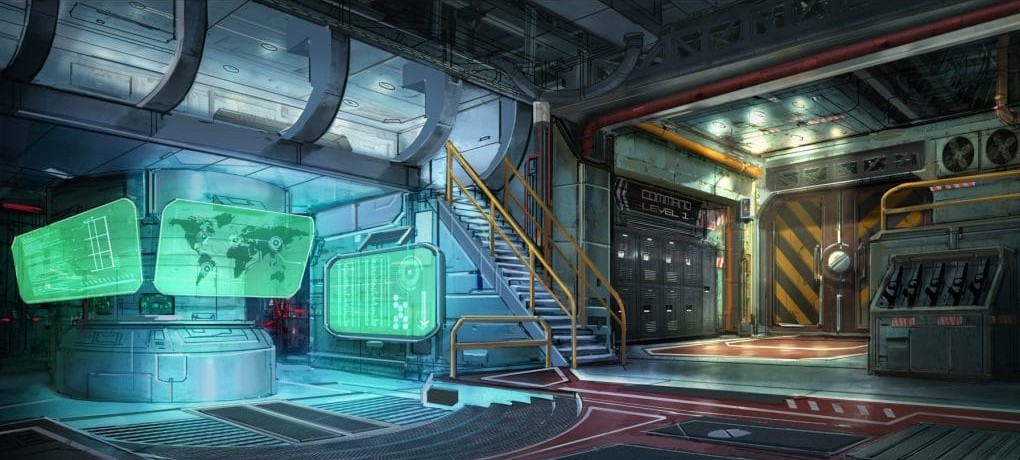
Environment design focuses on creating landscapes or scenes, where the activities and actions of the character will take place. Professional artists in this genre will have a keen and keen eye for composition, perspective and architectural design. The artists will be responsible for conveying and reflecting the emotions and atmosphere in the final designs.
Using 3D software proficiently is a must for concept artists in this design field.
Character design
Character design focuses on creating attractive and lively characters for the project. The veteran concept artist in the character design field will create amazing costumes and accessories. Besides, they are people who know well about human-animal anatomy and perspective. Deep knowledge of anatomy allows the artist to create convincing creatures that do not exist in the real world. Based on the rules, the proportion of creatures in nature and the limitless creativity of themselves, a series of “famous” characters were born such as Minion, Simpson Family, Elsa …
Weapon and Asset design
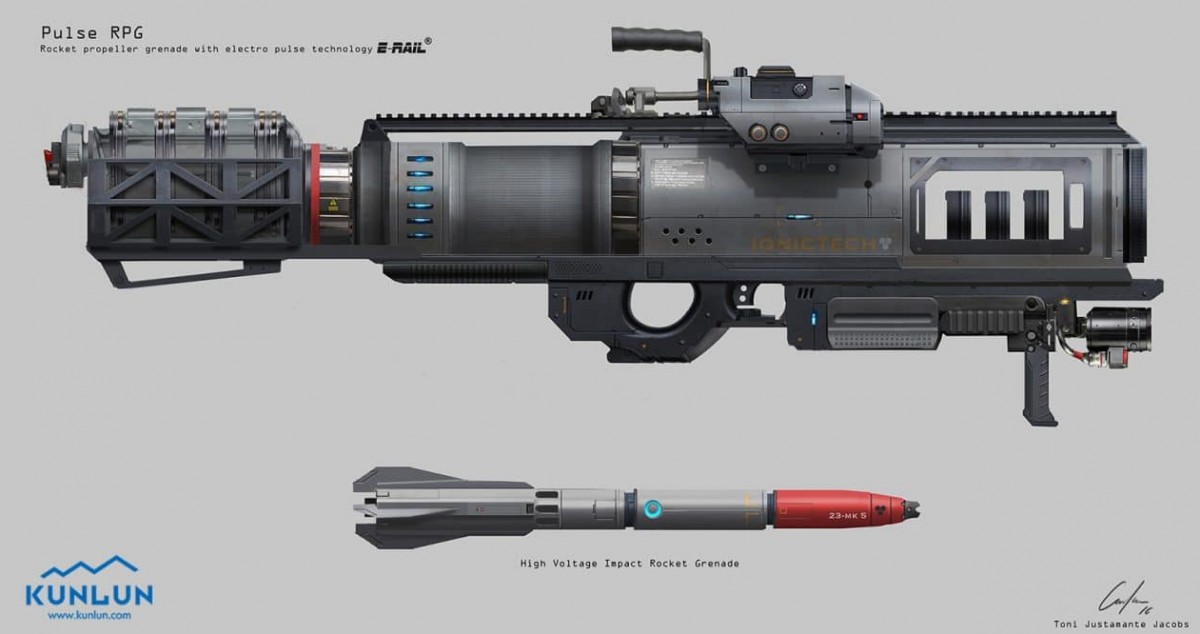
This concept art focuses on the design of objects, tools, and weapons that are equipped and used by characters that inhabit the worlds created by the artists. Like the field of Environment design, to design these items, concept artists will sometimes use 3D software.
Professional artists in this genre are familiar with the creative processes used in industrial design. In a nutshell, this can be considered as a type of product design.
Vehicle design
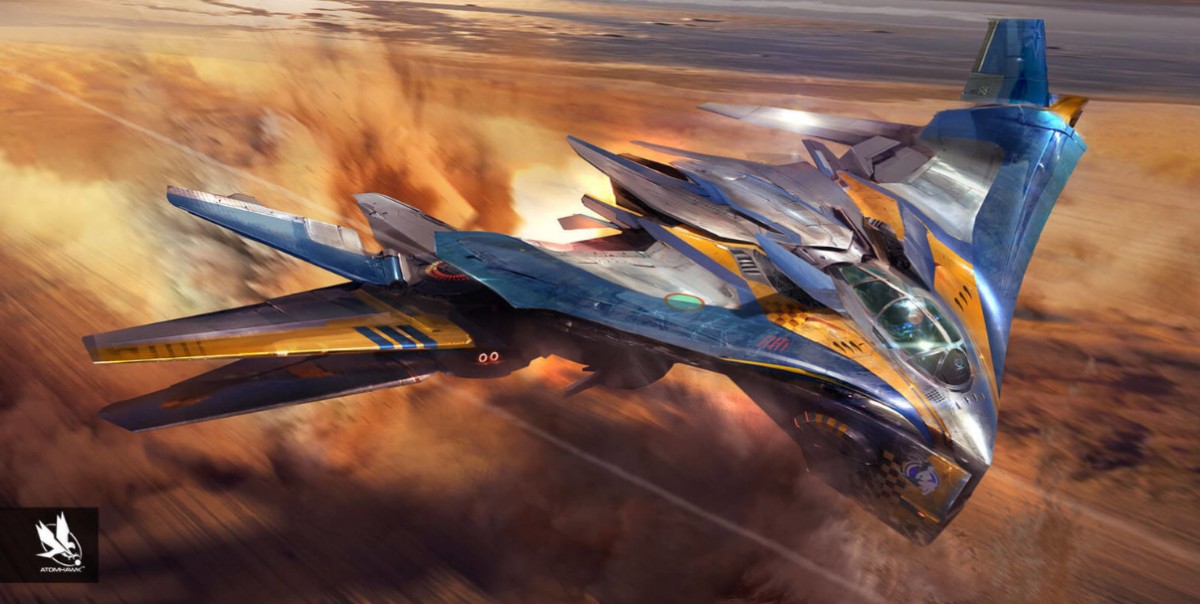
Like designing weapons and assets, designing vehicles also requires the artist to have a certain understanding of the tools and processes used in the design of cars or airplanes. However, in the entertainment industry, we don’t need to stick to reality 100%. Usually, concept artists involved in game or movie projects design things like spaceships and flying cars. … with functions never seen in real life.
Other concept art Illustration
Concept art and Illustration art are not the same. Although the quality and technique of these two genres share many similarities and are closely related, there is one striking difference between them. That’s in the word ‘concept’.
The purpose of a concept artist is to quickly discover ideas and communicate them as effectively as possible. While the illustrator’s role is to create artwork that is rich in emotions and images.
When you want to create or conceptualize characters that don’t exist, from looks, costumes, settings, environments, architecture, products or machines.. you need a concept artist . This will be someone who specializes in drawing objects such as clothes, vehicles, toys or weapons, which are then used in games, entertainment movies, etc.
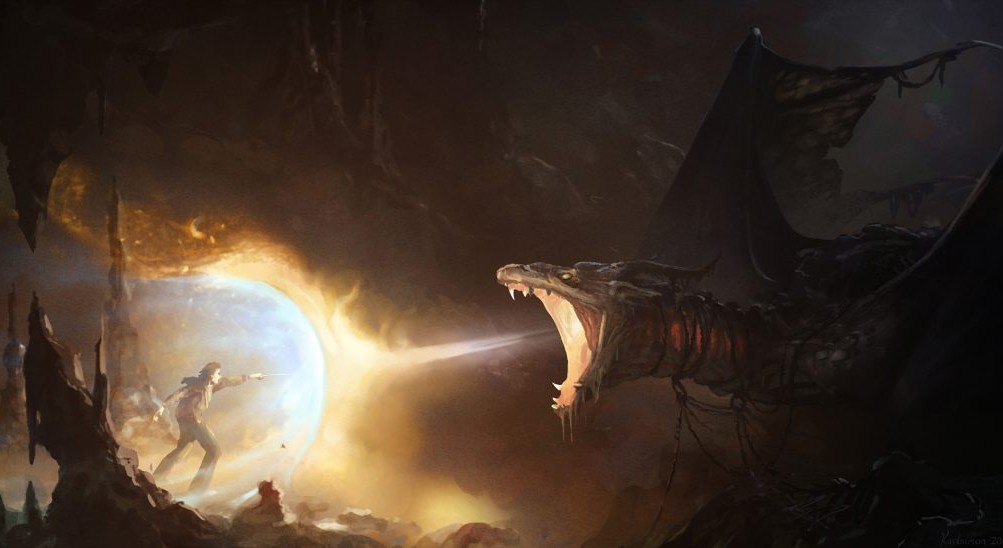
Concept Art for Harry Potter and the Deathly Hallows: part 1
With illustration , you use illustration when you want to convey a central message, story, or idea with compelling designs or pictures, to evoke an emotional response to a message. certain target audience.
Example: Illustration printed on movie posters or on t-shirts, on CD or book covers, or on greeting cards
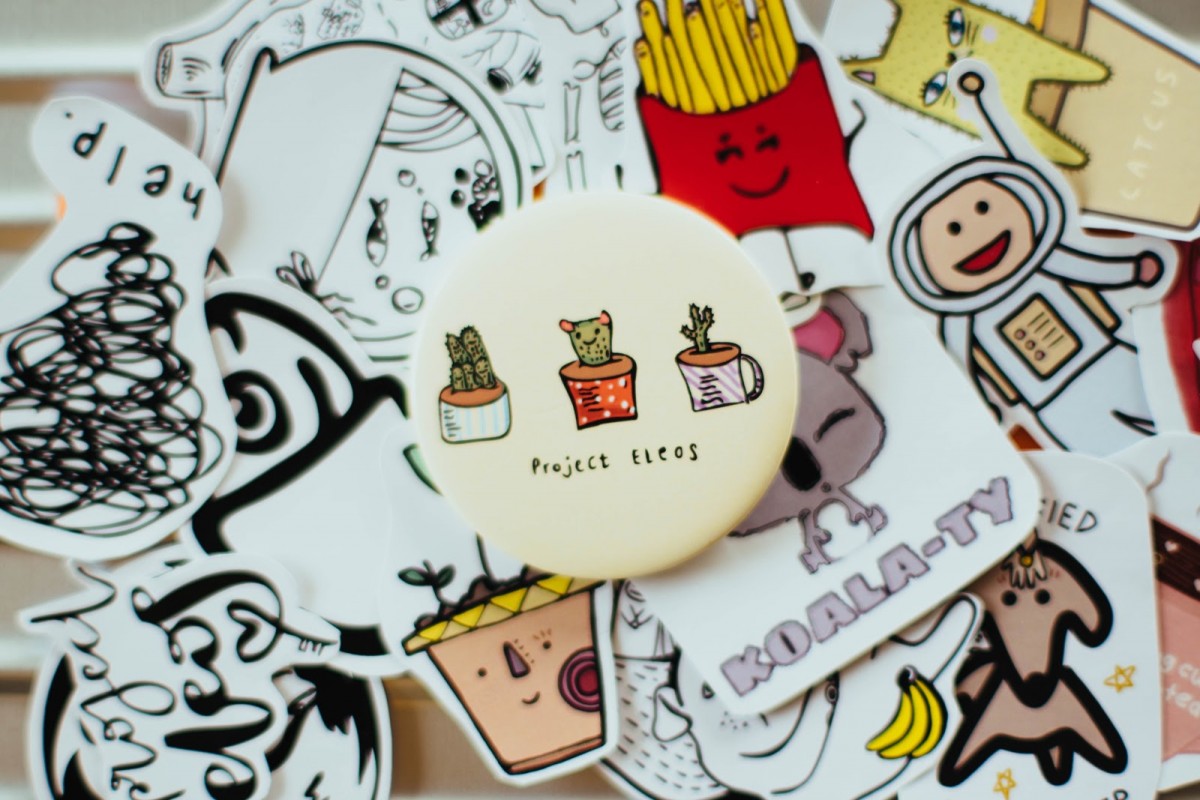
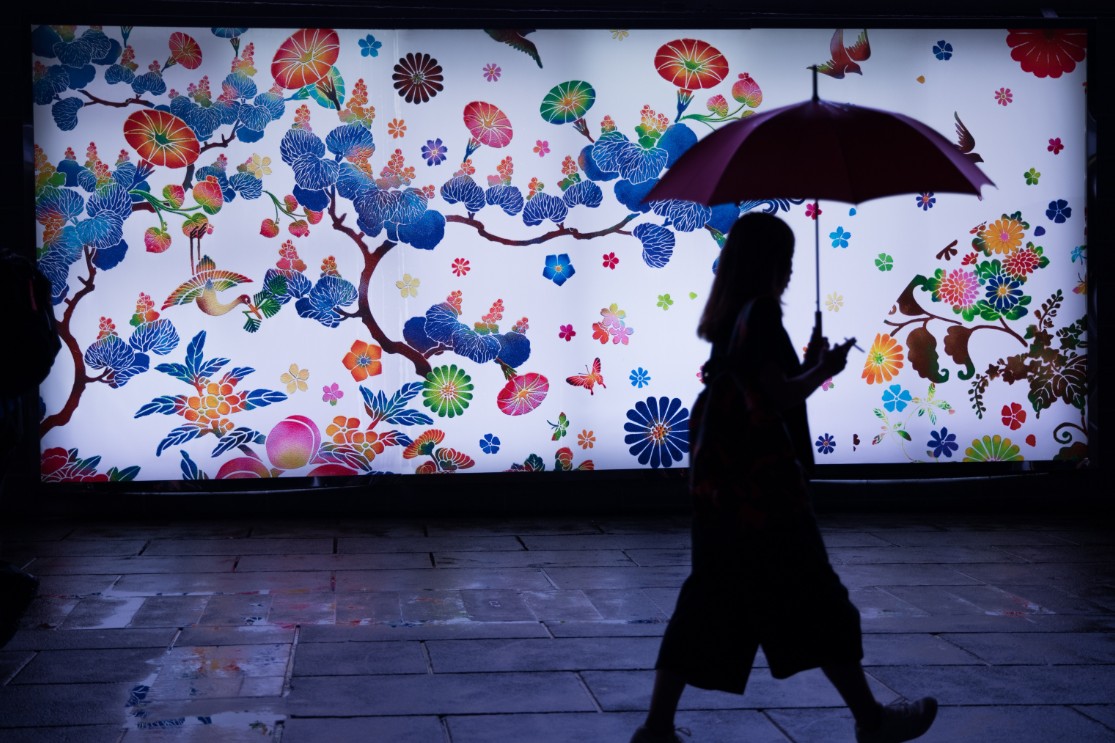
Concept Art creation process
STEP 1: BRIEFING
The work of a concept artist only begins when they have a brief , including details and information about the “asset” that the director wants to build. As mentioned in the previous post, this asset can be anything from a vehicle to a character or a landscape prop. Unless the assets are already available in real life or the 3D artist already has a lot of visual information to work with, the Concept artist will be responsible for the visual aspects of the asset. In animation or motion animation projects, almost everything is designed by the Concept artist.
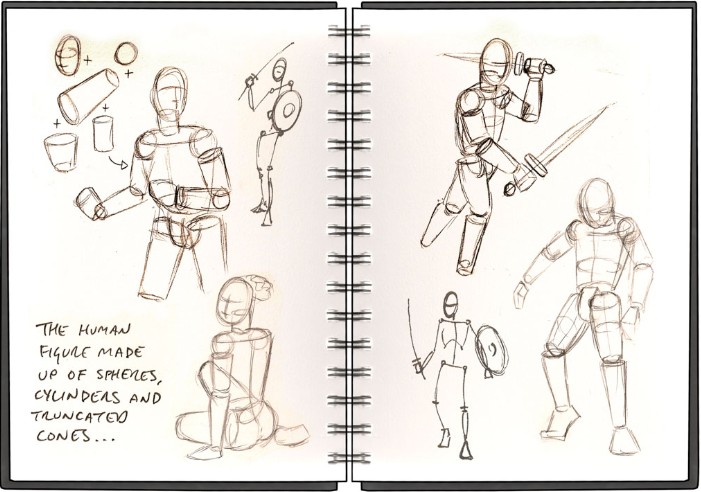
STEP 2: THUMBNAIL
After the Concept artist knows the properties of the asset, he will start making thumbnails. Thumbnails are simple thumbnails that Concept artists use to define the general shape of an asset. Each thumbnail doesn’t take too long to make, so he can create lots of different designs to show the Director. At this stage, it is normal for a Concept artist to create up to 50 thumbnails or more.
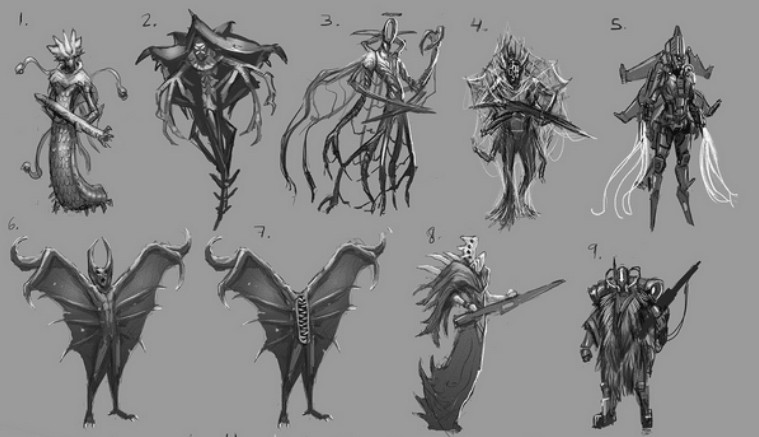
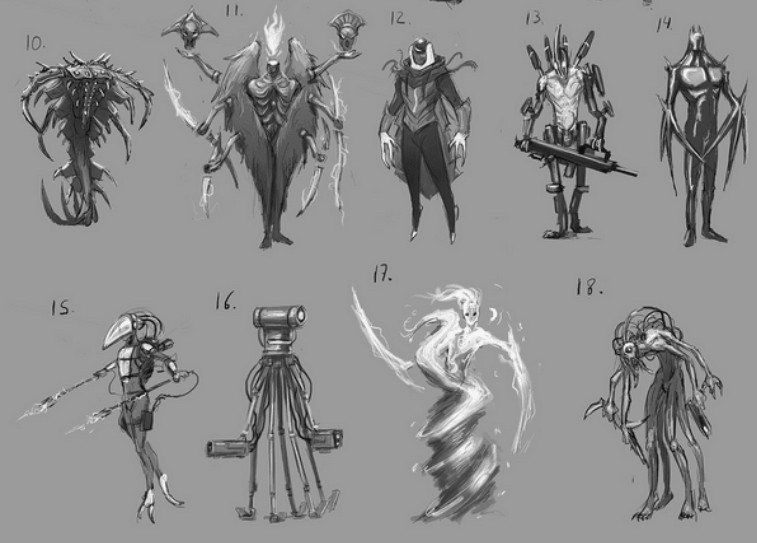
STEP 3: SKETCHING
Once the director and concept artist find a design they like, it’s time to better define aspects of the asset. If we were to create a character, this stage would draw and define details on the face, clothes, etc. Even if we just get a general idea from the brief and the thumbnail, the concept artists are also will still develop some preliminary sketches or paintings with options for the character’s outfit, pose, and other elements.
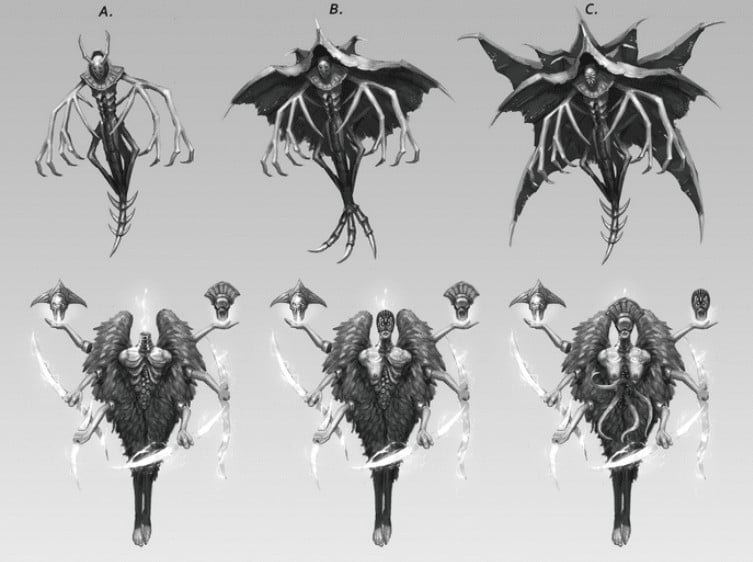
STEP 4: COLOR TEST
All previous design options will be reviewed and decided by the Director and Concept artist. Adjustments and changes will be applied if necessary. After the final design is built, the Concept artist will combine the colors for the design
Once again, the Director and Concept Artist will review these options and choose the asset that best matches the style and requirements of the original description.
STEP 5: FINAL DESIGN
At this stage, the job of the Concept artist is to render and clearly define the main features of the asset. Creating a clear, easy-to-understand render is essential, so the artist in charge of creating the final asset needs a deep understanding of the game or movie to be able to create assets that match the movie concept. or games.
(TN: Render is the creation of an image from a model into a movie scene or image using computer software.)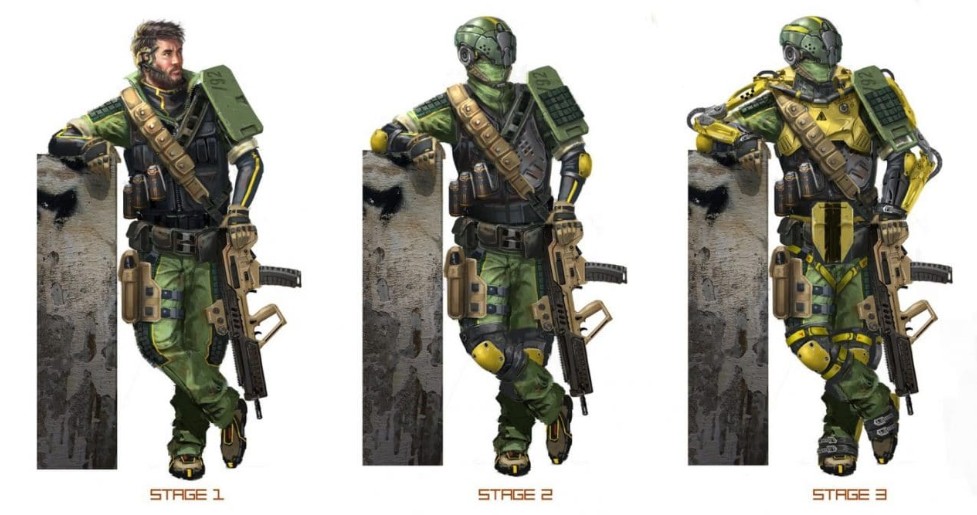
During this phase, Concept artists often create close-up shots of the asset (front, back, side, etc.). This will help his associates, for example with 3D artists – they may need detailed modeling of assets.
This is the process that a concept artist usually does in the process of creating Concept art. It will probably vary more or less depending on the industry (for example, from games to movies) or depending on the style of each studio. But in general, the process above is the basic 5 stages to create concept art.
5 steps to become a professional Concept Artist
1. Understand your work and goals
Do your due diligence first and make sure you want to dedicate yourself to this path. Going to art school and studying to be an artist is like learning any other profession.
In Vietnam Concept Artist is still a relatively new industry in Vietnam because the products required in this industry have not yet developed widely or are new in the budding stage. Concept artists in Vietnam are mostly just working in the game industry, so your opportunities in this industry are very promising.
Once you’re sure you’re on the right track, set a goal for yourself. For example: I want to be a Concept artist at Blizzard studio, and I will create famous characters like in Starcraft or Warcraft for example. No one is taxing dreams, so let your dream job be the goal you aspire to work towards.
2. Know what you’re good at
Each artist has his or her own knack for drawing. If you enjoy drawing characters, then you will most likely want to pursue it professionally. Take a moment to assess your own strengths and weaknesses (Ask a trusted teacher for advice if you’re unsure). Hearing direct feedback from experienced people will help you understand the areas where you will need to improve.
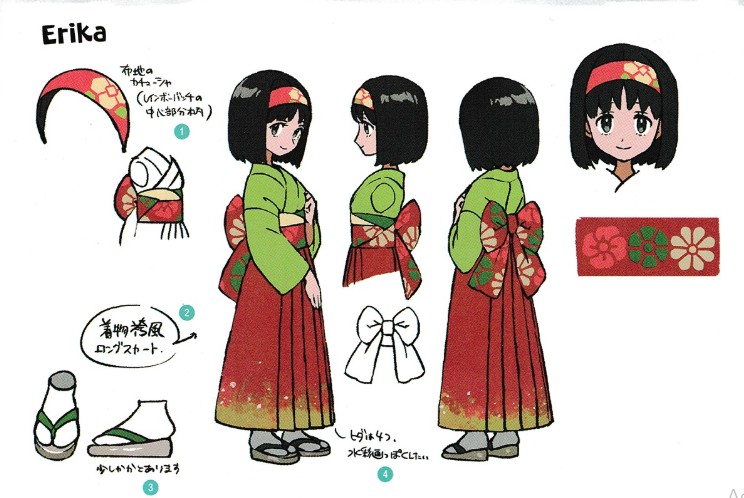
Character design hay…
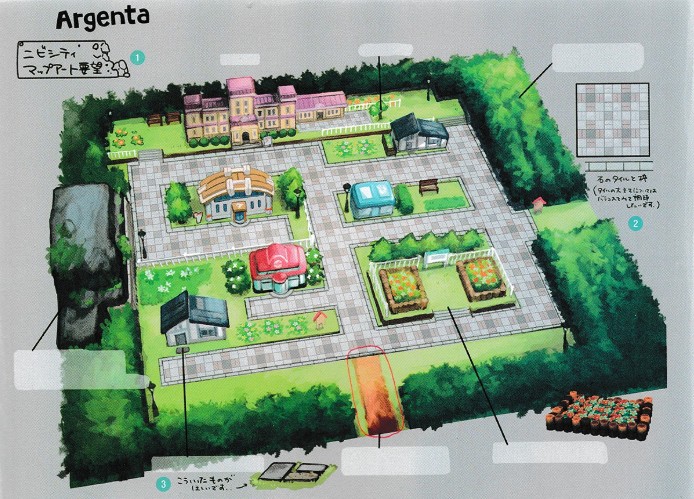
…Environmental design?
3. Build a portfolio with strengths
Portfolio is the “representative” of you talking to customers, so show them that: “This is the area I do well and I can deliver products of this quality in a very short time. stable way”. A good portfolio will play up your strengths and downplay your weaknesses. It should contain themes and styles that you do well, and the images should be of exceptional quality. Create a website, post your portfolio online and start your job hunting.
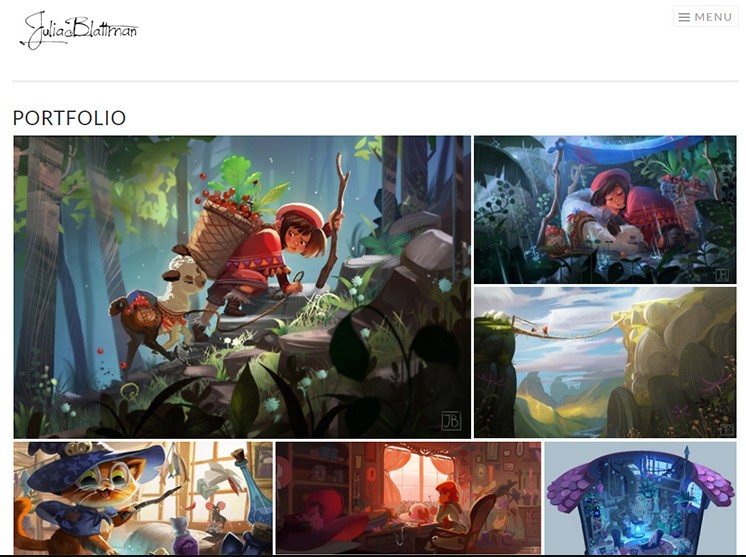
4. Find a studio that needs your strengths
‘Knowing you know me, a hundred battles a hundred wins’. If your portfolio shows a certain passion and potential for rendering characters, creating extremely detailed and surreal faces, then it would be superfluous to send your portfolio to companies like Nintendo. and time consuming. However, if you send that same portfolio to the Naughty Dog studio (who created Uncharted) they’ll probably snag you in a heartbeat because you’re the right candidate for their needs. Aim wisely!
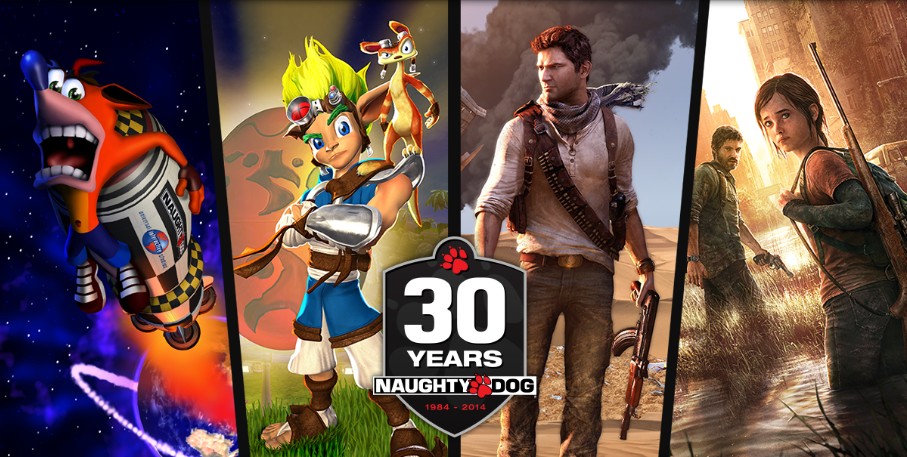
5. Find a Mentor
Finding a mentor at work is like getting GOLD every day! Ideally, you should look for someone who has a lot of experience and is willing to guide you on this path. They may not be to the point of ‘hands-on’, preparing the way for you in the profession, but will certainly give you useful advice whether directly or indirectly. Your problem is to absorb, learn, improve and grow as an artist.
In the end,
Hopefully after these two articles, you have a good understanding of Concept Art as well as the journey to become a professional Concept Artist.

